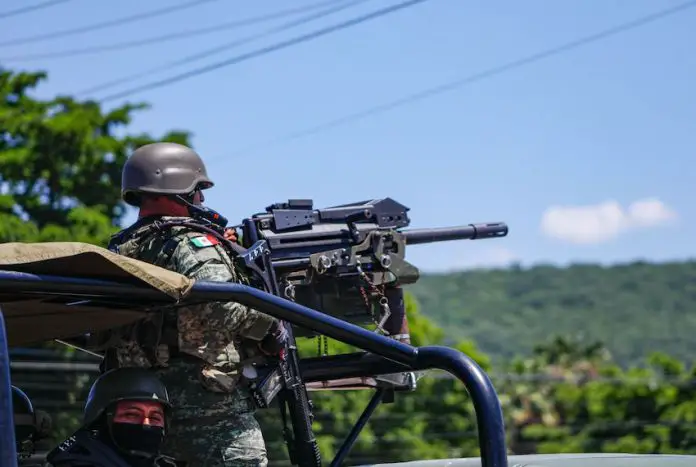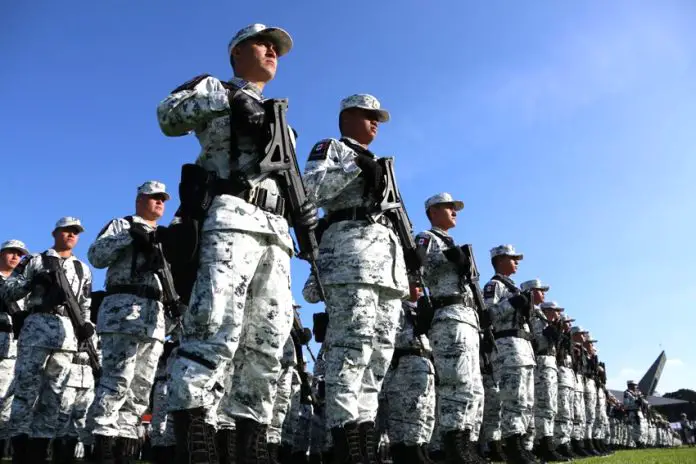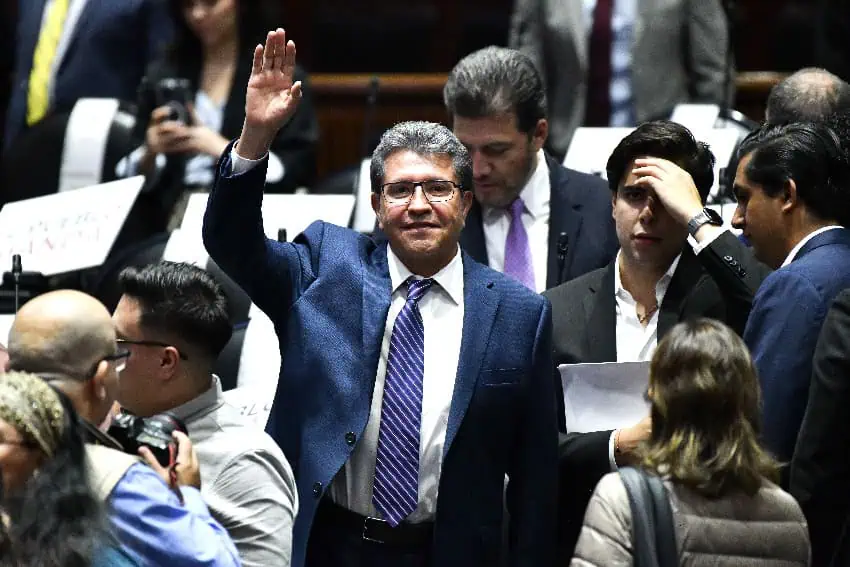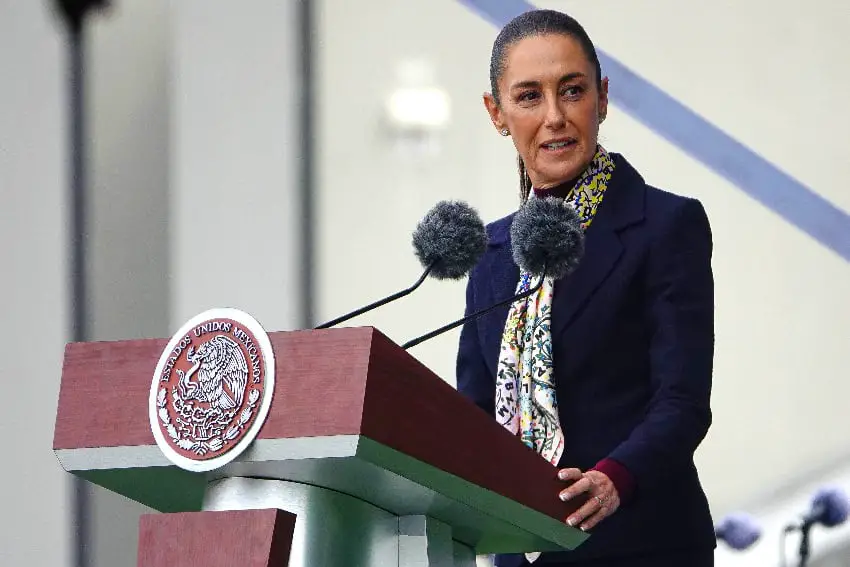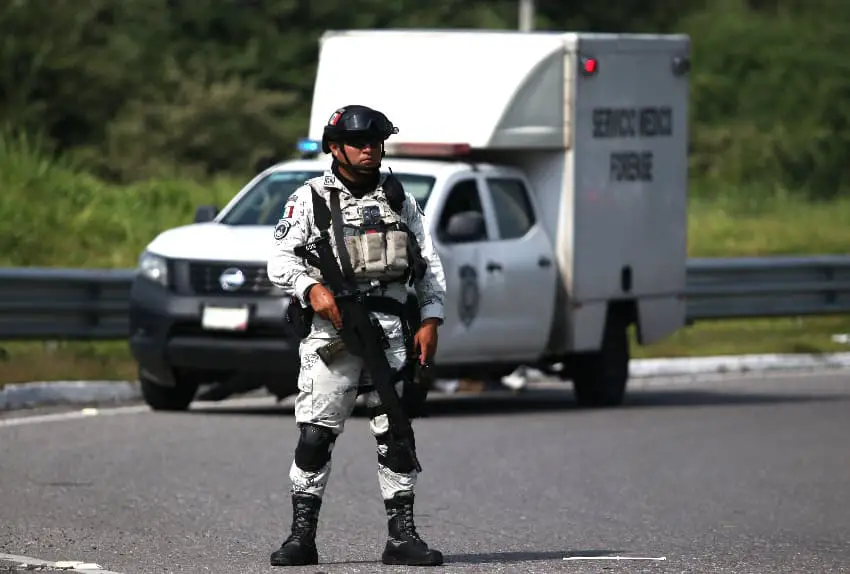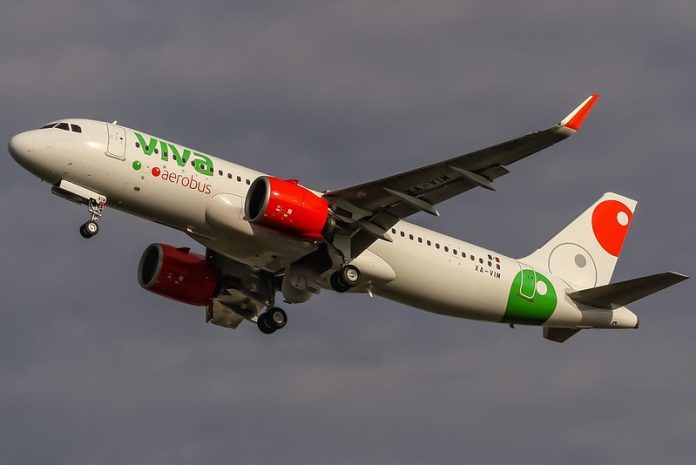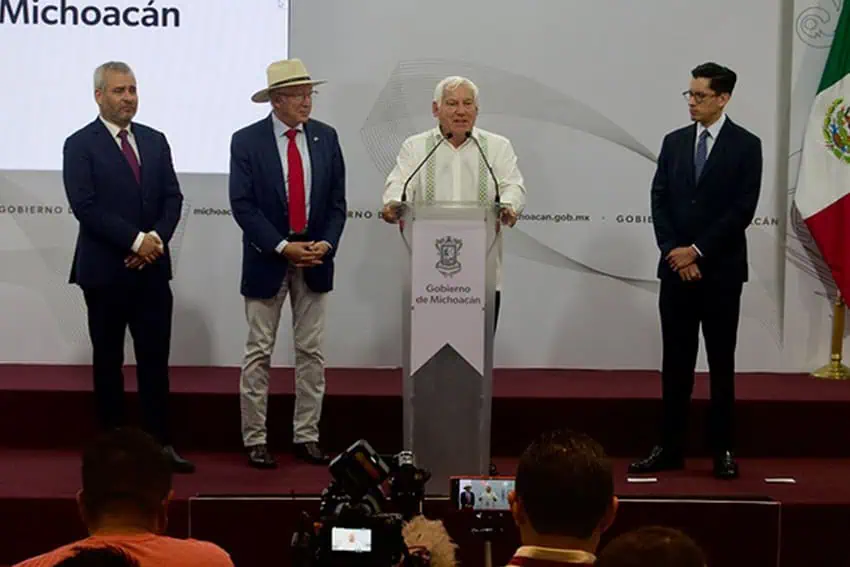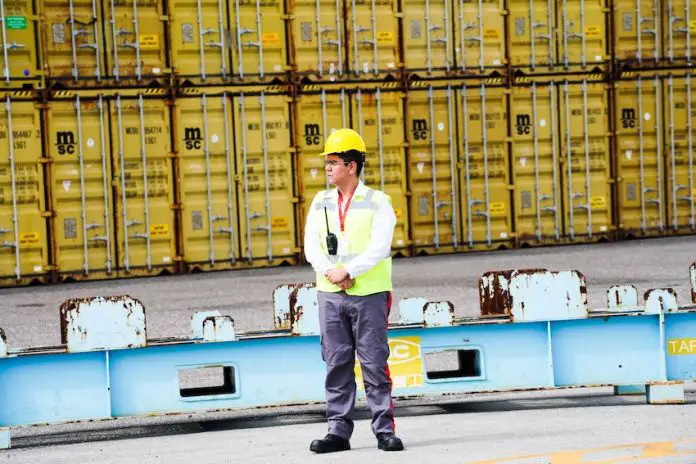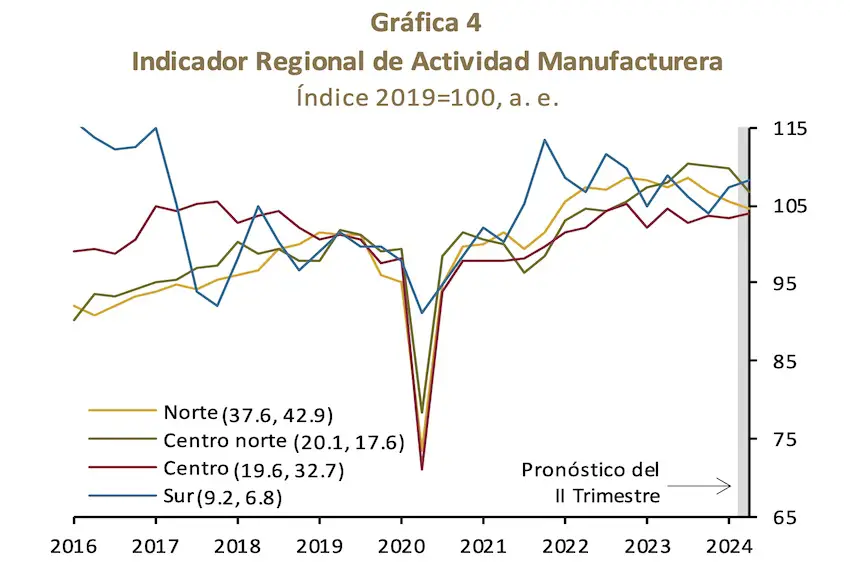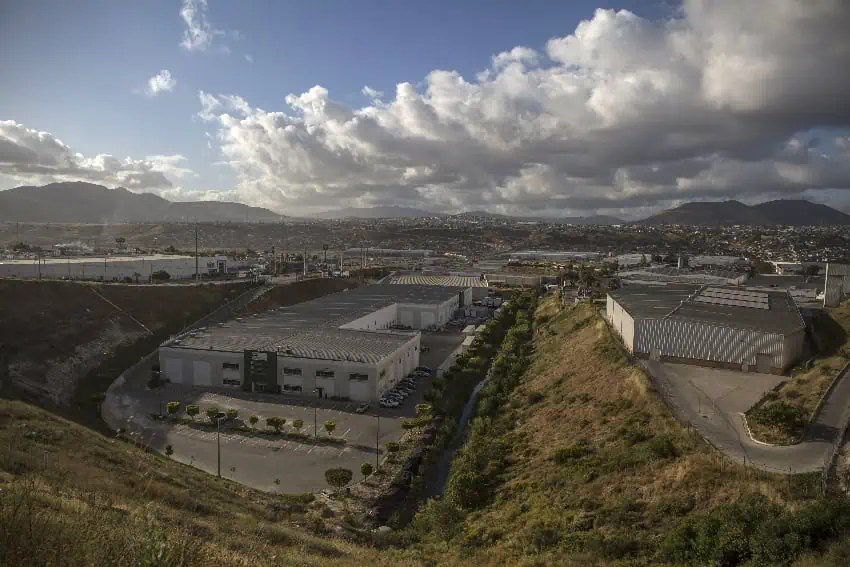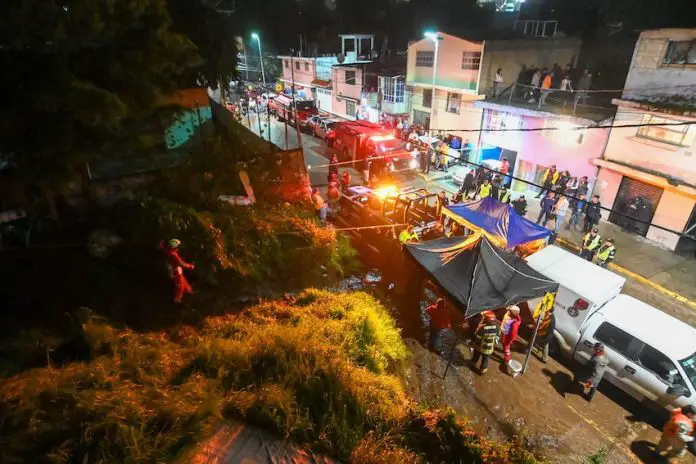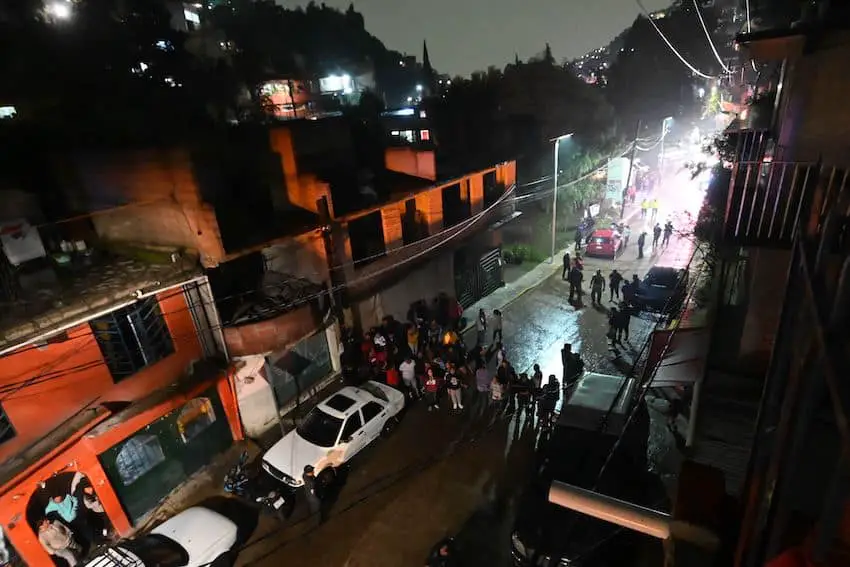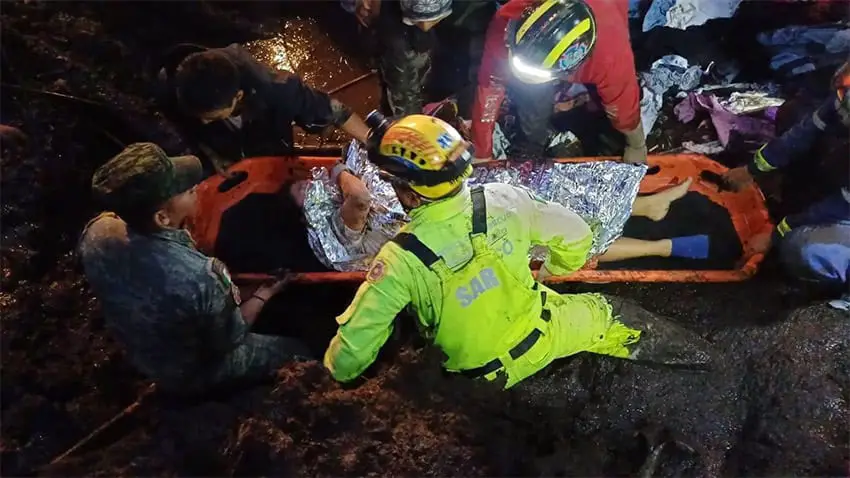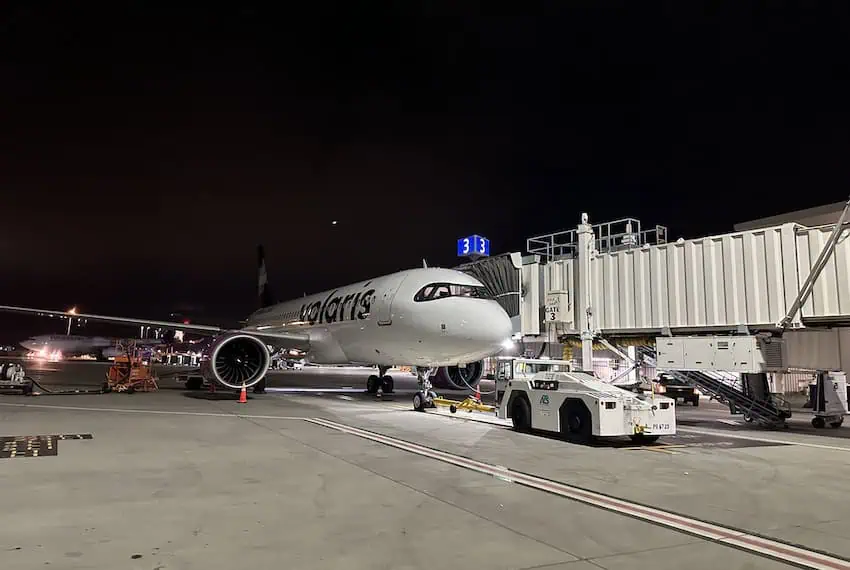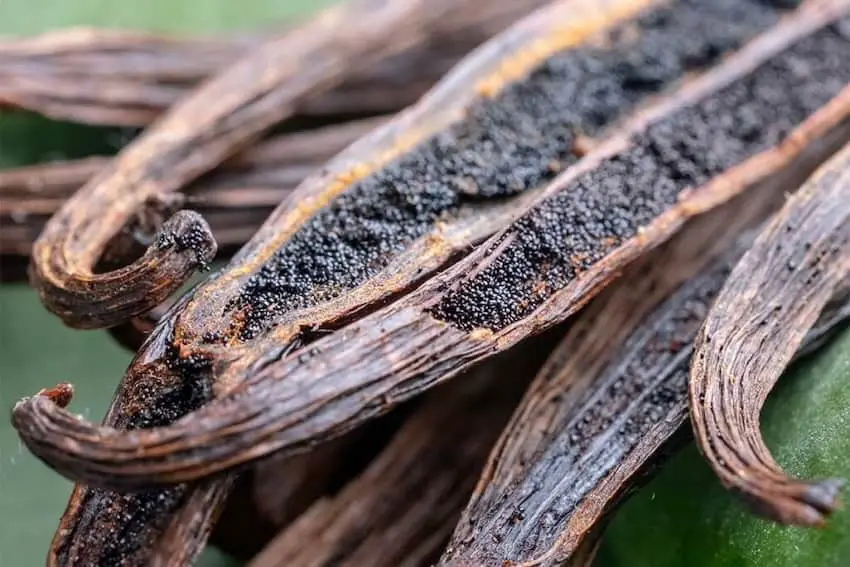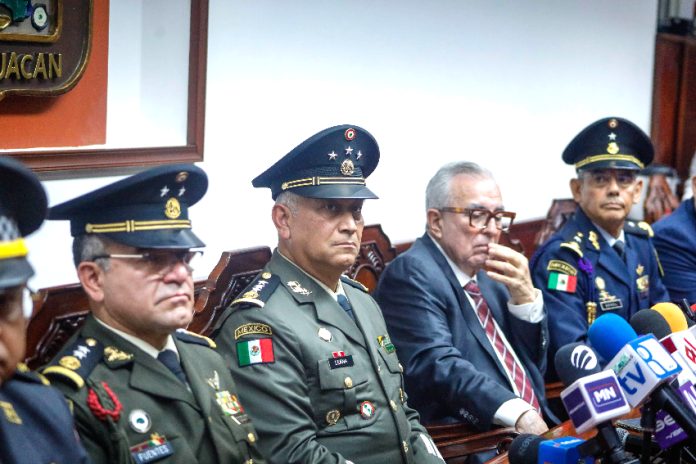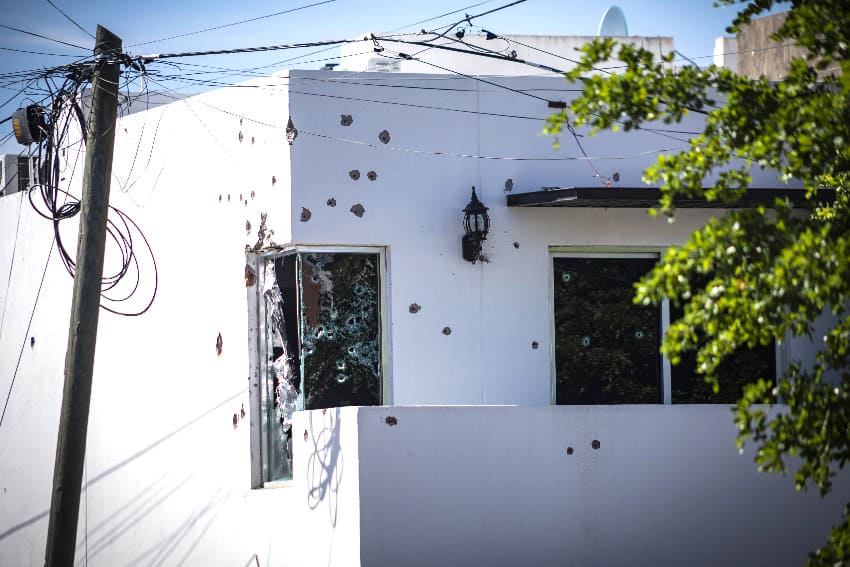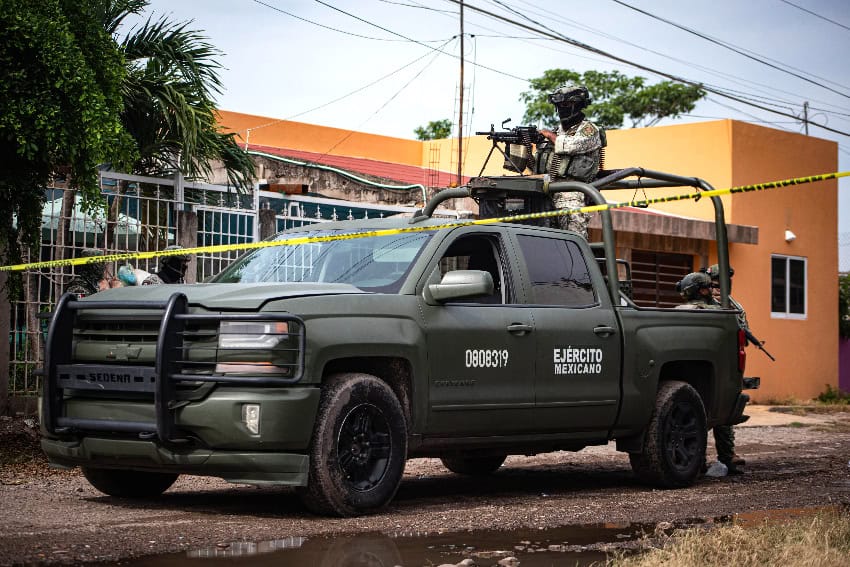Responding to the high levels of violence in Sinaloa with “firepower” would trigger a “war” in the northern state, President-elect Claudia Sheinbaum said on Tuesday.
Her remark came as the “Los Mayos” and “Los Chapitos” factions of the Sinaloa Cartel engage in a fierce battle in Culiacán and surrounding areas as the former group seeks to avenge the alleged kidnapping of cartel kingpin Ismael “El Mayo” Zambada García, who was arrested in the United States in late July.

El Mayo claims he was abducted by Joaquín Guzmán López, one of the sons of convicted drug trafficker Joaquín “El Chapo” Guzmán Loera, and forced onto a plane that delivered him into the hands of U.S. law enforcement authorities.
There have been dozens of cartel killings in Sinaloa since Zambada’s arrest, including more than 30 between Sept. 9 and 16.
At a press conference on Tuesday, Sheinbaum said that authorities are working to restore peace in Sinaloa, but asserted that fighting fire with fire is not the right strategy.
“Going in with firepower would cause a war, as occurred in the past and which didn’t get us anywhere,” she said.
Sheinbaum, who will take office on Oct. 1, was specifically referring to the 2006-12 presidency of Felipe Calderón, who launched a militarized “war” on drug cartels shortly after he was sworn in.
“Calderón said: ‘There is going to be collateral damage,'” the president-elect said.
“That’s why [the current government] is acting to protect citizens.”

During his administration, President Andrés Manuel López Obrador has directed security forces, including the army, to avoid violent confrontations with criminals where possible. He attracted widespread criticism in 2022 when he said that his government looks after criminals by avoiding armed confrontations.
“Before it was kill them in the heat of the moment and they finished off the wounded,” López Obrador said in May 2022, referring to killings by the armed forces during Calderón’s presidency.
By avoiding confrontations, he continued, “we look after the members of the armed forces … but we also look after the members of the gangs — they’re humans [too].”
Sheinbaum said she wants “peace and tranquility” in Sinaloa, and “obviously to combat crime,” but not by “creating more confrontation that causes more deaths.”
She said she wasn’t advocating “waiting for the [opposing] groups to stop fighting,” but rather is in favor of “protecting the population” of Sinaloa.
The Mexican Army’s top commander in Sinaloa said Monday that the re-establishment of order in the state “doesn’t depend on us” and will only come when the rival Sinaloa Cartel factions stop fighting each other.
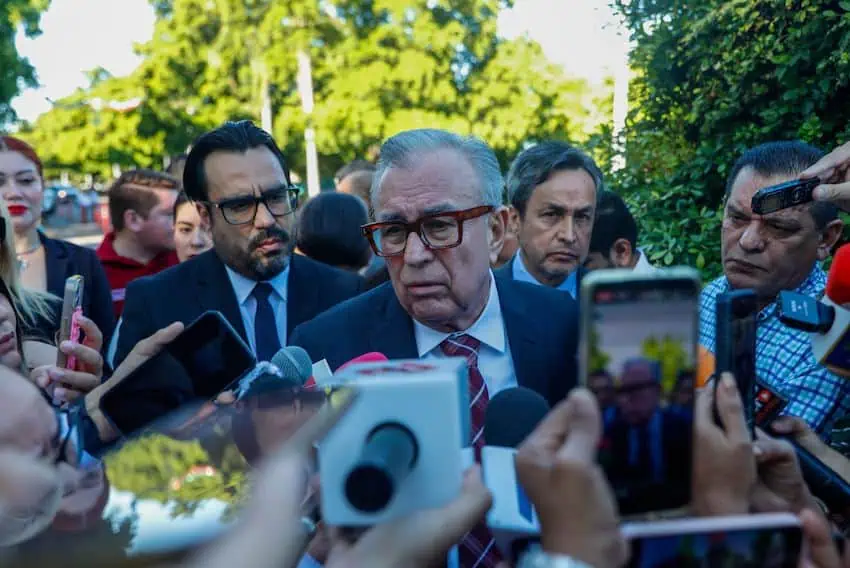
Sinaloa Governor Rubén Rocha Moya ordered 370 police and military agents to patrol school zones in Culiacán, Elota, Cosalá and San Ignacio, where they will remain throughout school hours.
Sheinbaum told reporters that her government’s security strategy will focus on attending to the root causes of violence, strengthening the National Guard and making use of intelligence and other investigative capacities to prevent and solve crimes.
“When we come into government, a series of new laws, reforms, will be presented that will allow us to have a national system of intelligence and investigation,” she said.
“But when there is confrontation, one has to be cautious, not cause greater violence and act responsibly,” Sheinbaum stressed.
The López Obrador administration has used a so-called “hugs, not bullets” security strategy in which addressing the root causes of crime via social and welfare programs is favored over confronting criminals with force.
Homicides reached record high-levels during the current six-year term of government, but numbers have declined slightly in recent years.
AMLO: Protecting citizens comes first
At his morning press conference on Tuesday, President López Obrador was asked about Commander Francisco Jesús Leana Ojeda’s statement that the restoration of order in Sinaloa depends on “Los Mayos” and “Los Chapitos” rather than the army.
“I would just say that we’re attentive to what’s happening in Sinaloa and are basically seeking two things: First, to protect the population, the protection of citizens,” he said.
“The people of Sinaloa should have confidence that we’re there and we’ll continue to be there for the time that is necessary to protect them, to look after them,” López Obrador said.
“And the second thing, which is also part of that first task, is to avoid confrontation between the [opposing] groups, to stop them fighting and lives being lost. That’s what we’re doing basically,” he said.
With reports from Milenio, SPR Informa and AFP
